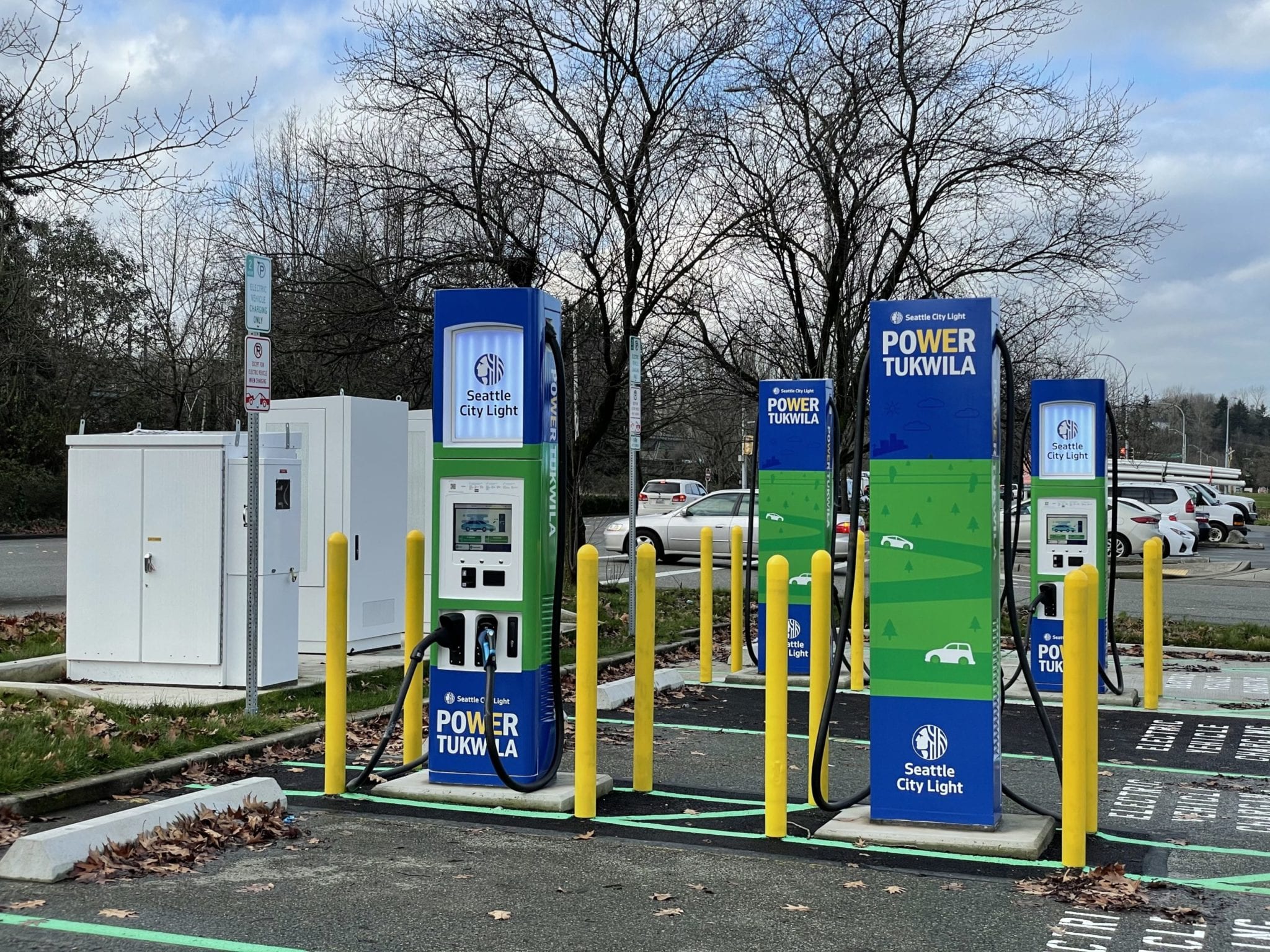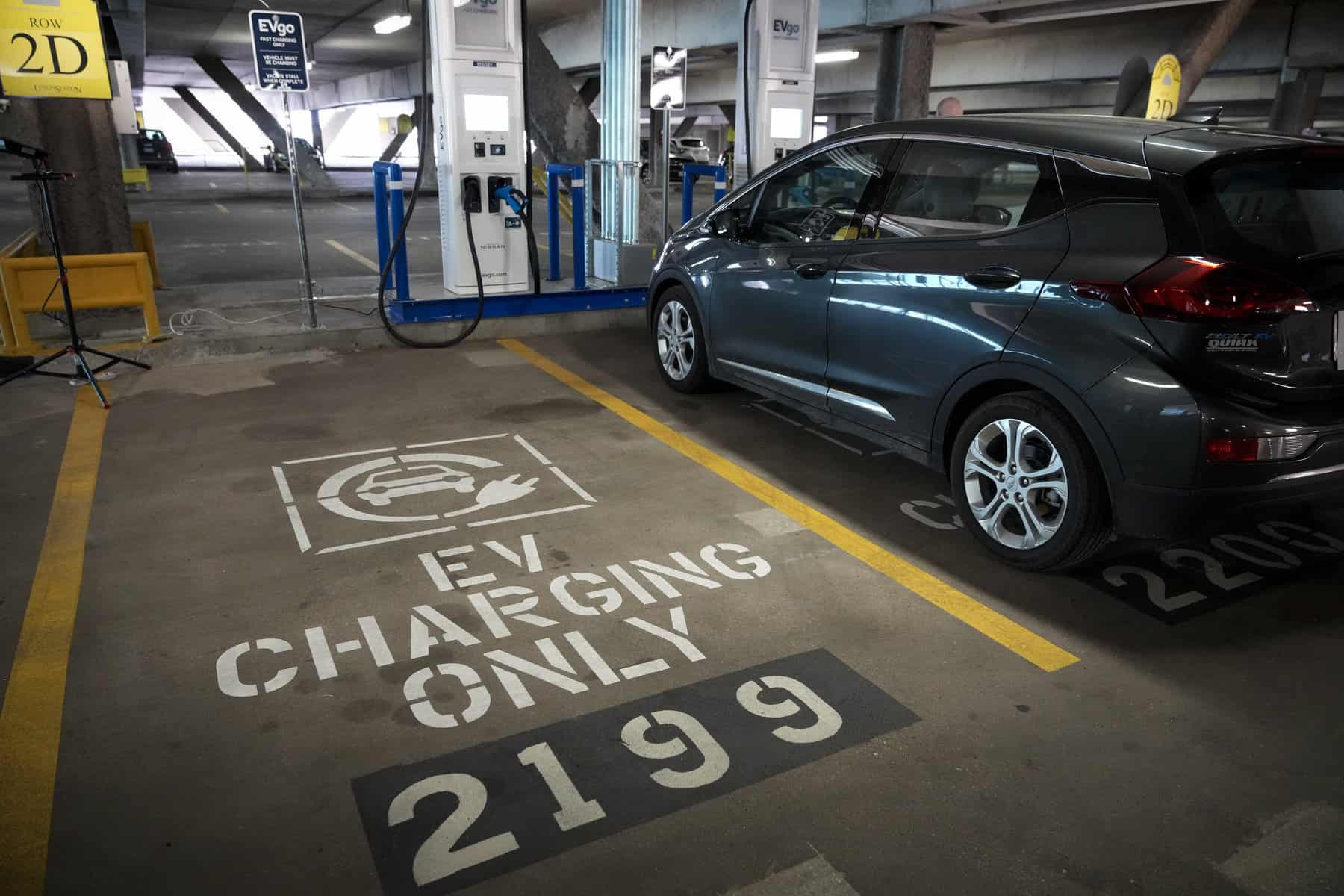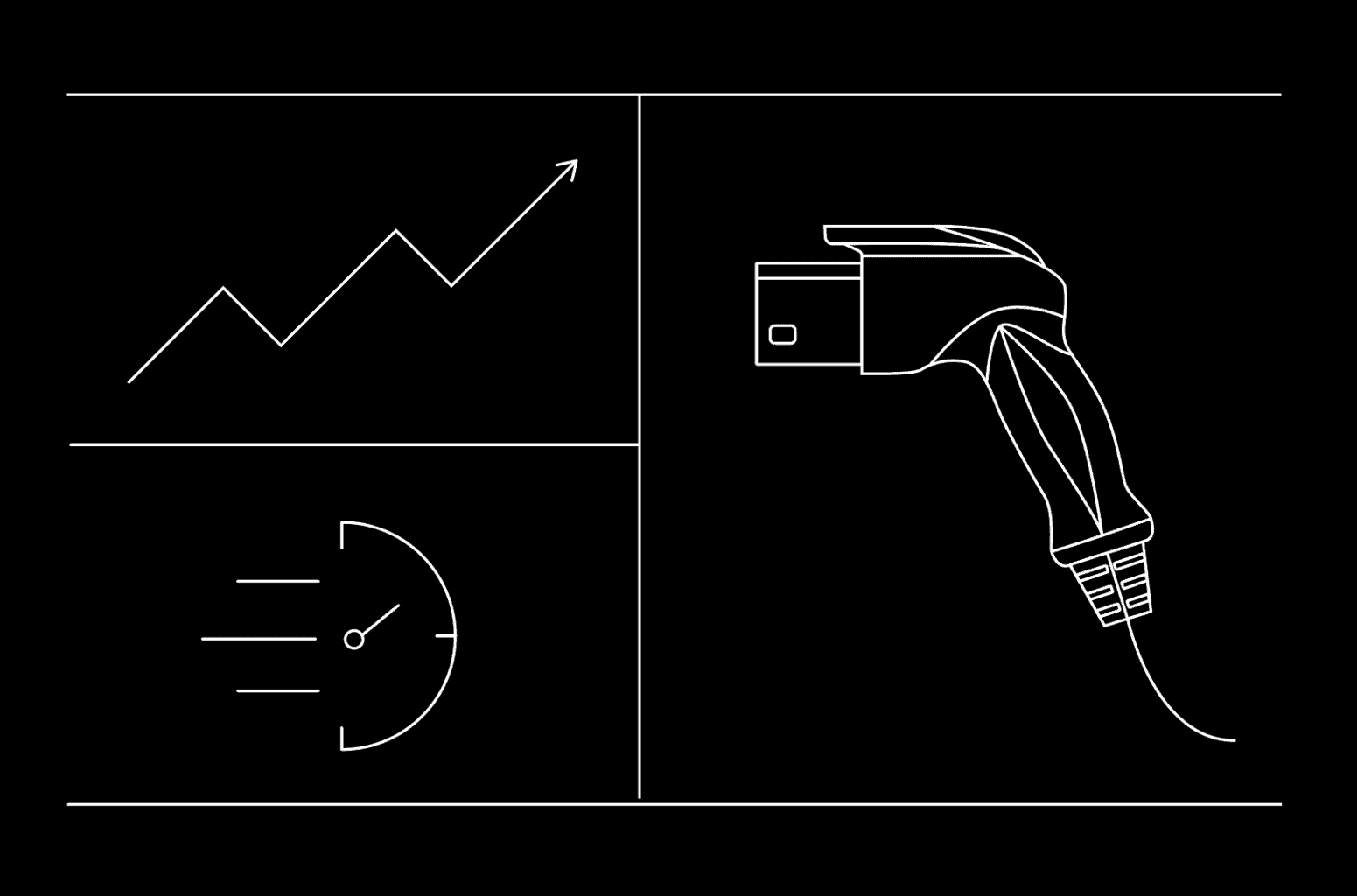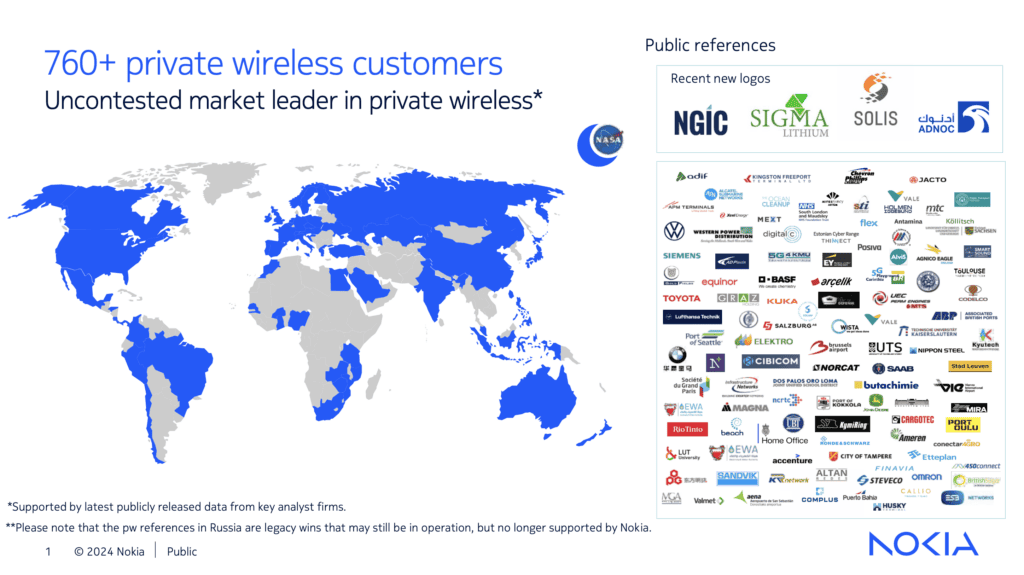A project to install about 30 quick electric vehicle chargers across Seattle was launched by the city’s metropolitan utility Seattle City Light last year. In contrast to some cities that are constructing EV charging stations to support vehicle electrification and city climate goals, City Light’s pilot project was distinctive in the locations where it chose to install them.
According to Angela Song, transportation electrification portfolio manager at City Light, the utility asked its Seattle customers to specify where they want EV charging stations rather than choosing prospective locations and seeking customer feedback later.

Equitable Access to EV Charging: Community Engagement and Urban Electrification
The utility received only under 2,000 requests for EV chargers, and that interest was dispersed among the city’s districts. Song listed two essential requirements for city leaders installing EV charging infrastructure as “listening to the community and understanding their needs.
However, access to EV chargers is not often simple, particularly for underprivileged groups. After all, rich men who own their homes are more likely to buy EVs, increasing their likelihood of having access to home charging. As a result, EV chargers are frequently found in wealthier neighborhoods.
By listening to and working with their communities, cities can make sure they roll out even charging infrastructure in an equal manner, Song said.
According to Jeff Allen, executive director of the advocacy group Forth Mobility for electric transportation, charging infrastructure can increase access to electric vehicles and electric mobility, but it “does n’t really provide any benefits by itself.
A charging station that is arbitrarily dropped into a neighborhood might “actually do harm” if communities do n’t have experience with electric vehicles or knowledge of electrification, he claimed, because they might interpret it as gentrifying rather than the switch to clean energy.
Allen declared a city must “focus more on the people than the hardware” in order to implement EV charging fairly. As City Light did when developing its curbside EV charging pilot, this entails listening to and speaking with communities about their needs.
The utility consulted with state and local agencies, climate justice organizations, labor unions, and community leaders before the City Light project actually got off the ground to inform its plan for transportation electrification. According to Song, the feedback process made it easier for the city to identify “gaps in awareness about the benefits of electronic vehicles.”
Allen also outlined three crucial advantages of EV chargers for previously underprivileged areas that must be communicated.
Community-Centered Approach to EV Charging: Addressing Gentrification Concerns and Promoting Equitable Access
Due to the fact that low-income areas are more likely to experience air pollution than those in wealthier neighborhoods, people who live there are probably going to benefit more from the environment. By generating more jobs, EV chargers can even commercially benefit a region because locals could be hired and trained to be charger technicians. According to Song, Seattle has at least one charging repair company that employs locals.
Residents will “have access to more mobility options because of this charging infrastructure,” according to Allen, even if they do n’t already own anEV. For instance, Forth has collaborated with Portland, Oregon, affordable housing providers to provide electronic vehicles for staff use and to rent them out to locals when not in use. Regional organizations in St. Louis that provide seniors with transportation in low-income areas have switched to electric vehicles, enabling riders to experience EVs.
According to Alessandra Carreon, a manager with Rocky Mountain Institute’s carbon-free transportation program, “different contexts might require different formats of charging infrastructure” for specific charging.
Government Initiatives Drive Expansion of EV Charging Infrastructure for Equitable Access
Charging in rural areas with a high concentration of single-family homes appears distinct from charging in cities with high apartment populations. According to Carreon, 80 % of EV charging takes place at home, but low-income individuals are more likely to reside in residential homes or in urban areas without driveways. She explained that while placing EV chargers at multi-unit residences could make it easier to charge, cities also need to make sure that there are charging stations available. With the caveat that fast charging, while convenient, is typically less cheap, as Allen noted, they should also take into account the speed of common charging.
New EV chargers are expensive, of course. Through the bipartisan infrastructure law, the provincial government has provided state and local governments with billions of dollars to install EV charging stations, and additional funding is on the way. In addition to just renewing a tax credit for new EV chargers under the Inflation Reduction Act, the Biden administration has made investments in the implementation of electric charging infrastructure along highways and interstates. State and local governments will soon have access to$ 700 million in grant funds that are competitive, especially in underserved areas, to construct public EV charging stations.
Equal electrification will take time, according to City Light’s Song.
Speaking of government organizations collaborating with historically marginalized community groups, she said,”Trust is not built overnight.” Song continued by saying that when developing their EV charging plans and timelines, city leaders should take their priorities into account. Is it intended to “push out infrastructure”? Or is it to ensure charging that is fair? she remarked.












